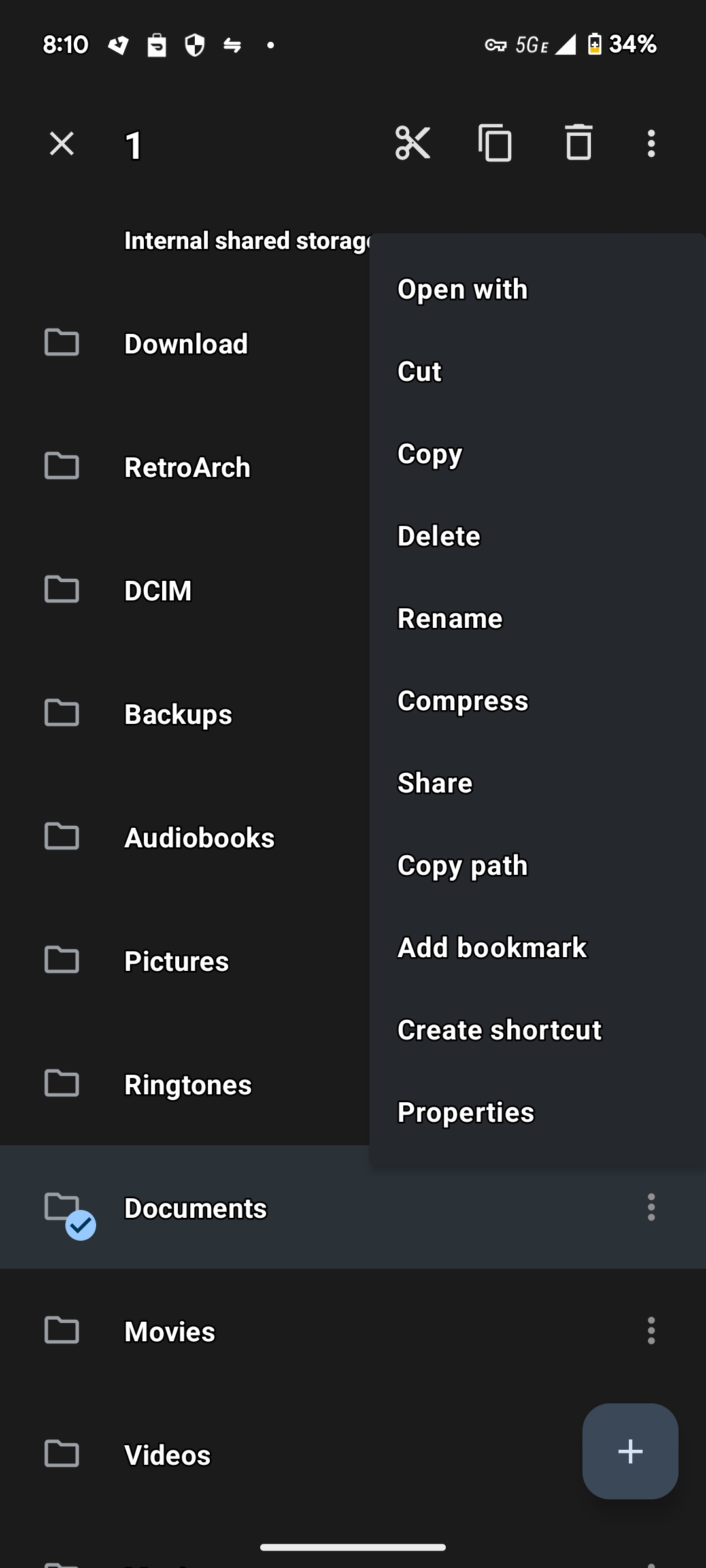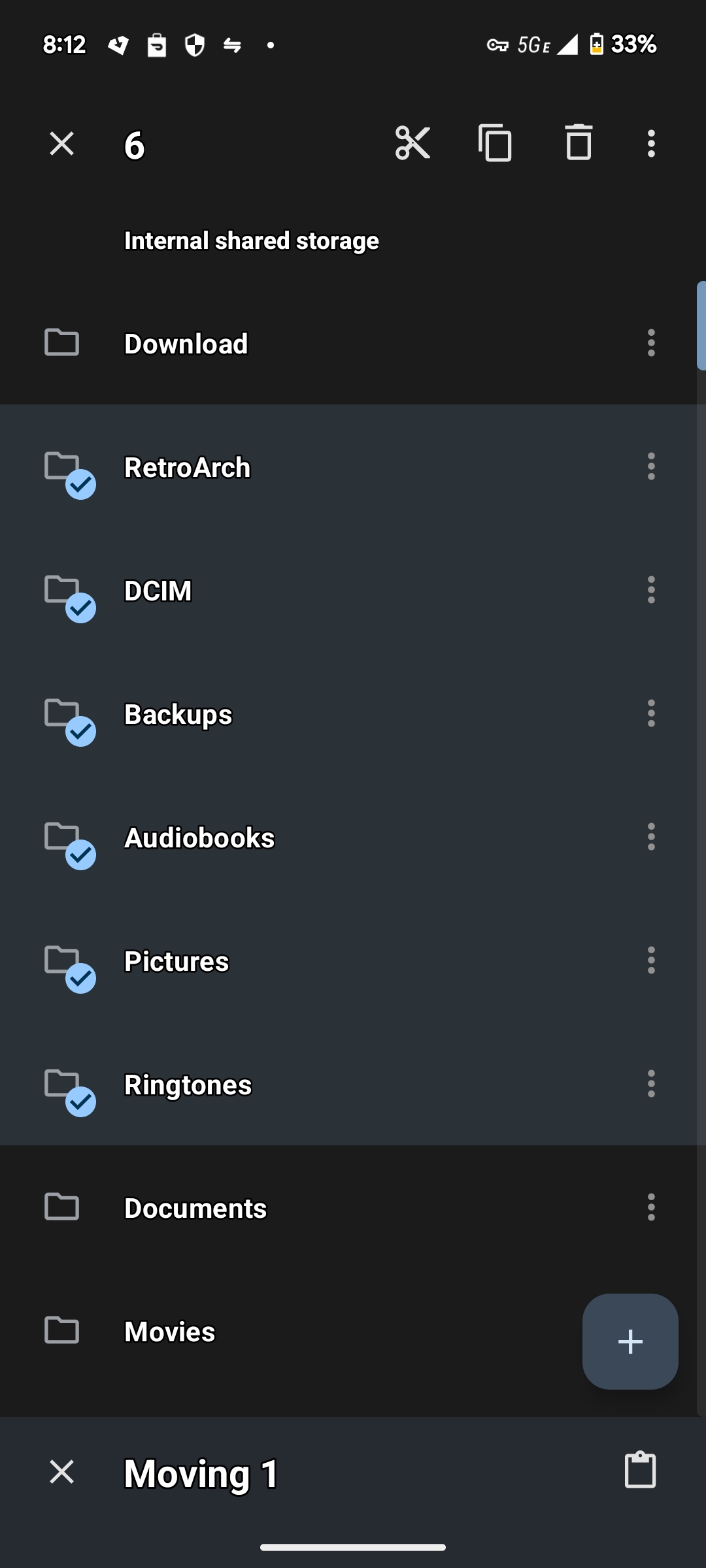It gets more confusing when you read their user name
neosheo
I mean it should be pretty safe if it's local only. If your network is compromised jellyfin is the least of your worries.
Switch to mobile data and put the public ip of your network and the jellyfin port in a browser and make sure it can't be accessed
Well i don't think they are trolling i imagine they legitamately don't realize that is what the poster is wanting. It's not very clear
They are requesting a context menu option, no? And the ability to move multiple items?


I use material files and when you press the cut icon, it literally says "move to" while you are selecting the destination
There name is "sue you". When nintendo sues them they'll sue back.
Their intentions are clear
Is there a guide somewhere on how top do that?
I have decided to use rrsync to do this.
Im using btrfs on the back drive but using ext4 on the remote devices. Wont the snapshots, if sent to a remote device be the same size as the original data?
I've tried it before but i want a situation where i dont need to use the ssh agent. I think i'm gonna go with using rrsync
I use it too but i like rsync better for backups
I probably will eventually. I put btrfs on it and it works pretty well. Im a little iffy on the windows driver but i tested obs and it can write over the network just fine.
What site is that tracker thing?